Dear Artist,
Photographer Tim Knox started as a design student with an interest in typography and became a photojournalist covering stories for national papers. He moved from England to New York City in 1995 and now shoots for the London Times, the Guardian, the New York Times, the Glasgow Herald, South China Post, Blue Note and Atlantic records, among others. A lover of people and ideas, Tim explores the human heart and desires through his passion for design and space. “I used to get sent out to sketch with a pair of scissors,” says Tim, “and asked to bring back the space between things.”
Recently, Tim began a project called “The Smiling Game.” In it, he takes his camera into public spaces and asks two strangers to stand facing each other. Then, following a hunch, he asks one of them to smile. Tim has noticed that after awhile the person opposite is compelled to smile, too. In this way, he’s able to observe and record an organic, involuntary trigger and connection. “Behind the curtain of every situation lies a beauty that exists in the mutual experience of the moment,” he says. In his game, Tim achieves consistent results, and relishes authentic portraits of the brain at work.
Neuroscientist and Professor of psychiatry at the University of California, Marco Iacoboni, researches mirror neurons systems in the cerebral cortex and how they allow us to feel the intentions of others. Scientists tracking mirror neurons noticed that a monkey will get excited not just when holding a banana, but also when seeing someone else holding a banana. In other words, our neurons spark not only when taking action, but also when perceiving another taking the action. Iacoboni suggests that neurologically and evolutionally we’re predisposed to create empathic connections, rather than the Western understanding of human nature as selfish and struggling for survival. Empathy, he argues, is just another word for our fired-up mirror neurons.
“Each month, 55 million people google “how to be happy,” says Tim. “But it’s well documented what makes us happy — we find it in each other. The smiling game is an environment that can change our experience of the world in a positive way.” Artists can take a cue from Tim’s game. In the art game, we have the opportunity to face the world and to create and communicate a new condition. Might we smile?
Sincerely,
Sara
PS: “When you go to shoot, you are never really sure what you will find. In every thing there is a sense of poetry waiting, and it is always found on the inside.” (Tim Knox)
“Only connect!” (E.M. Forster)
Esoterica: In his editorial and studio work, Tim Knox has photographed artists Julian Schnabel, Jeff Koons, Marina Abramovich, Jenny Holzer and Ellsworth Kelly; cartoonist Garry Trudeau; writers Maurice Sendak, Jonathan Safran Foer and Joyce Carol Oates; musicians Sonny Rollins, Les Paul and Quest Love; and actors Alan Alda and Angela Lansbury.
“At the beginning of my career I was told that photography was one of two things: either a golden conduit or a cul-de-sac,” says Tim. “Photography became a mechanism to explore life and to look for the feeling on the outside of what was happening within.”
Tim Knox’s smiling game

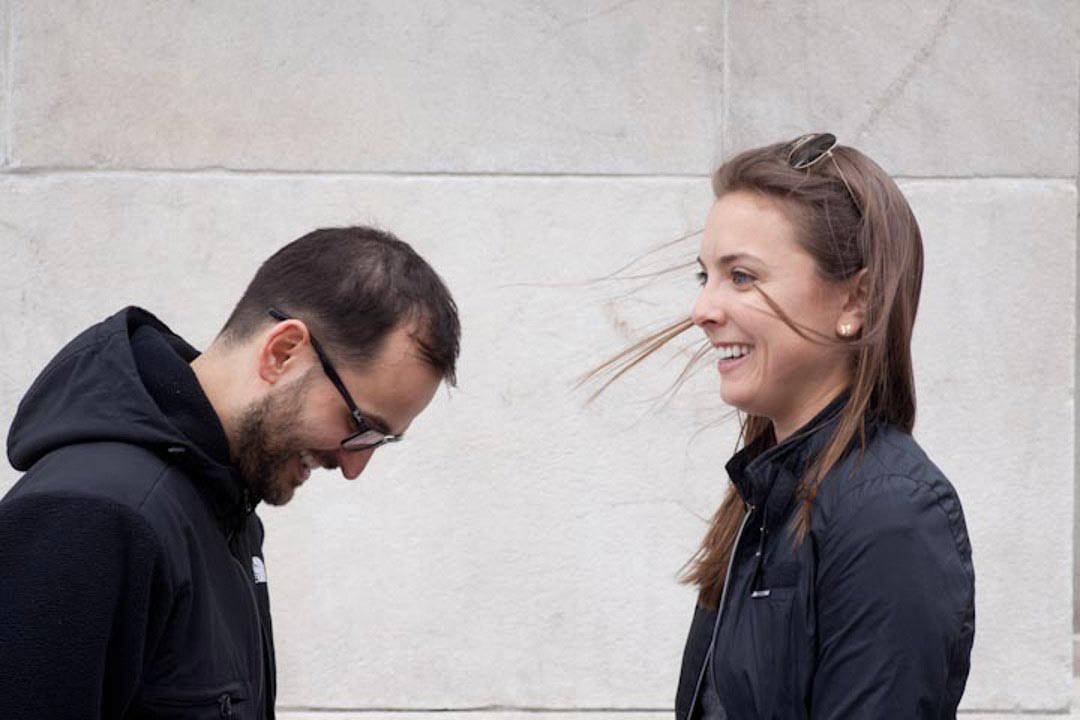
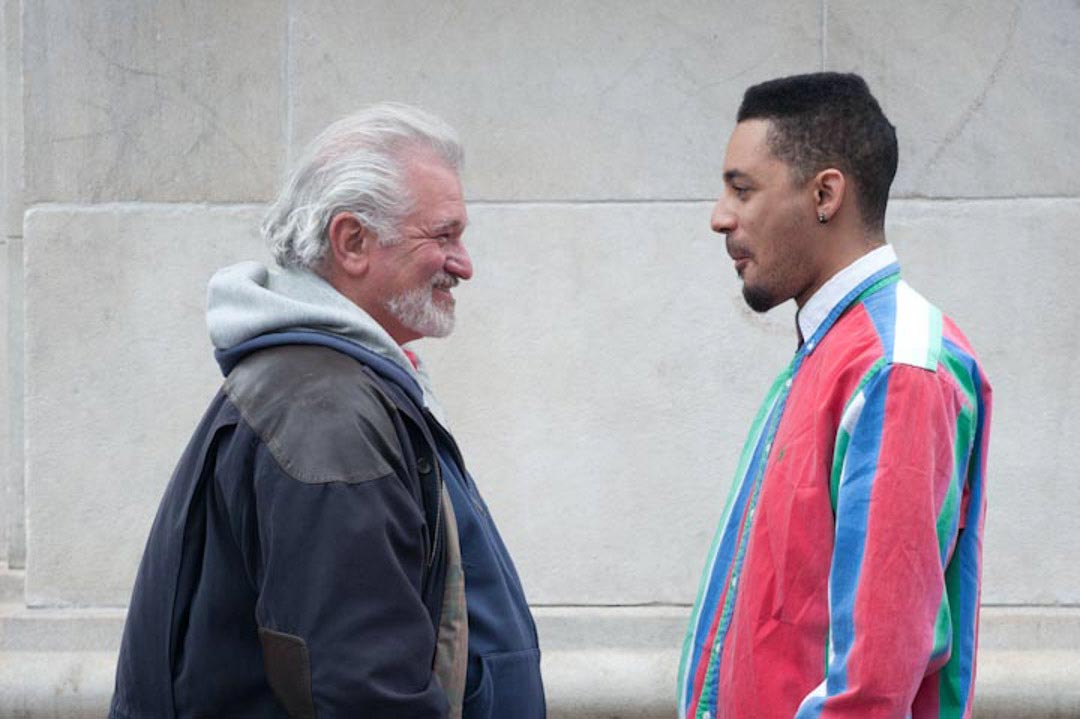
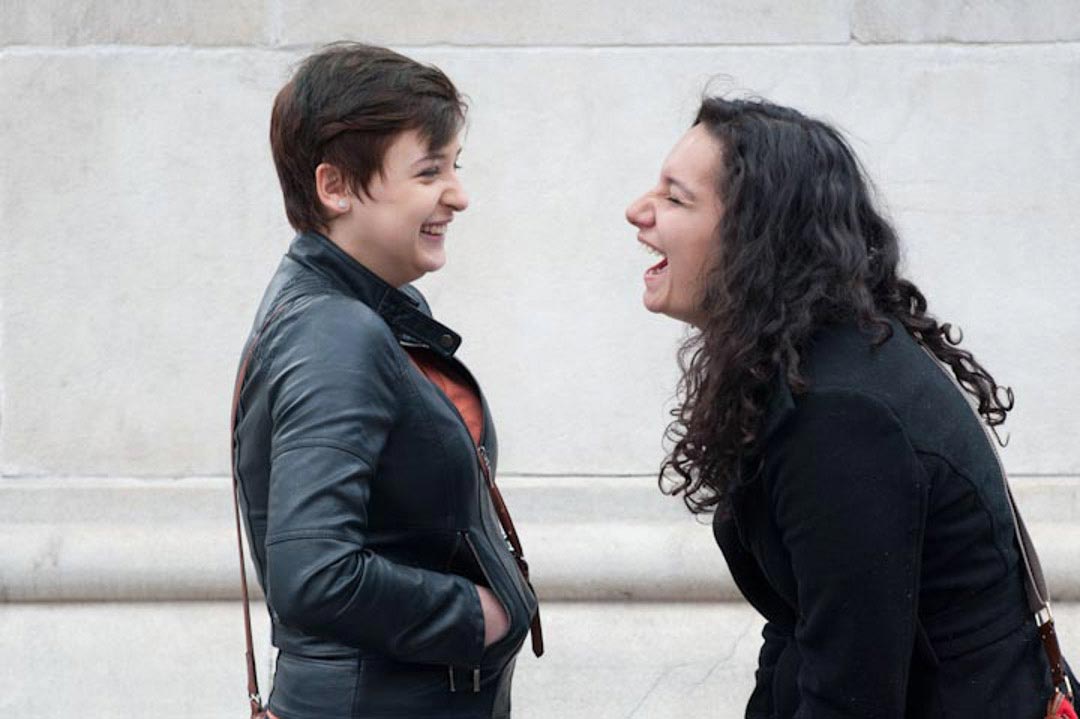
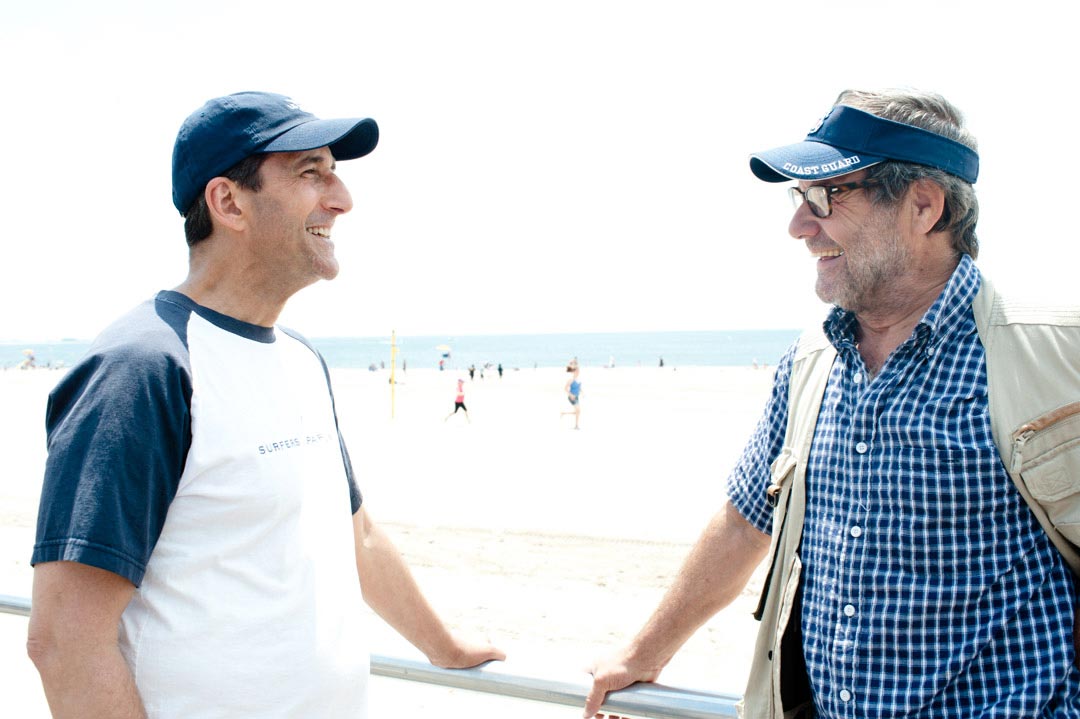 [fbcomments url=”http://clicks.robertgenn.com/smiling-game.php”]
Featured Workshop: Jan Sitts
[fbcomments url=”http://clicks.robertgenn.com/smiling-game.php”]
Featured Workshop: Jan Sitts

You may be interested to know that artists from every state in the USA, every province in Canada, and at least 115 countries worldwide have visited these pages since January 1, 2013.




 [fbcomments url=”http://clicks.robertgenn.com/smiling-game.php”]
Featured Workshop: Jan Sitts
[fbcomments url=”http://clicks.robertgenn.com/smiling-game.php”]
Featured Workshop: Jan Sitts

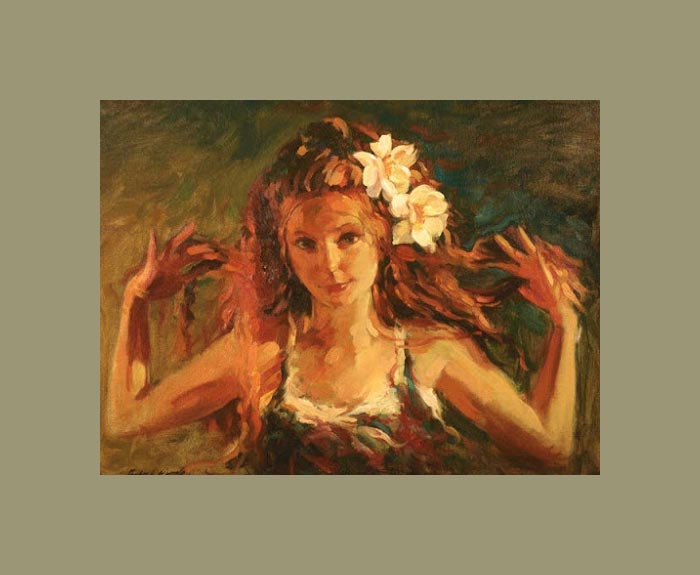
Just For Fun oil on canvas, 16 x 20 inches by Robert Krogle, Coeur d’Alene, Idaho, USA |




